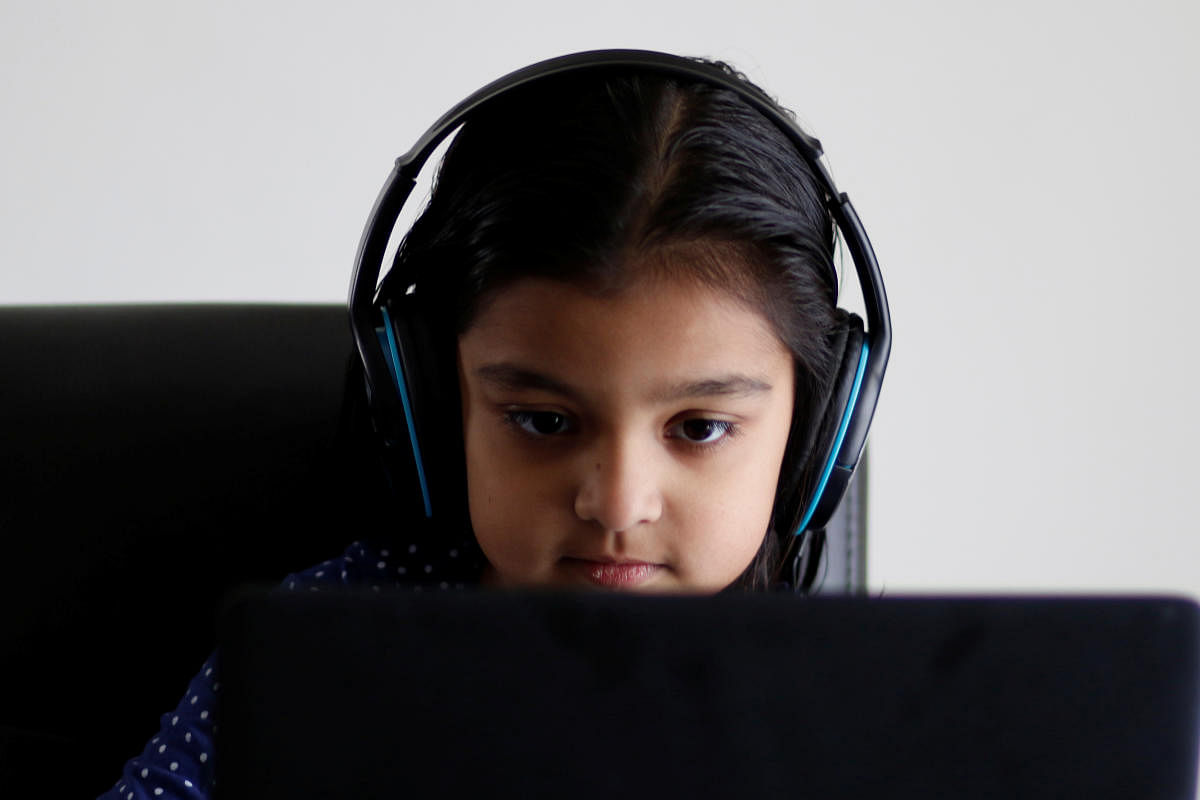As education has gone digital due to Covid-19 pandemic, let’s consider the two main modes of online teaching and their effectiveness.
Live classes
A live class is an instructor-led learning model wherein a teacher has the control of a class. Teachers drive the learning objective and even set the pace of learning. This learning model allows two-way communication wherein learning is synchronous, in other words a student can watch or listen to a teacher, interact and even ask questions. The learning environment consists of teachers and peer group. Since it is a live class, the teacher can see the students and assess them while they are teaching.
Depending upon a student’s goal, progress and level, teachers can modify their lecture and set sample questions or numerical problems.
A student can also ask doubts in real time, like they do in an offline class. This is the most critical aspect of learning. Students also learn when their classmate asks a question or a doubt.
Pre-recorded classes
It is a self-paced learning model wherein the learner has the control that is control over when to study, how much to study and the pace of study. This learning model allows one-way communication wherein learning is asynchronous. A student can only watch or listen to a teacher in a recorded video session, so it is passive. Questions, problems, examples that are discussed are all predefined and sessions pre-recorded.
There is no difference in lecture content or level of teaching as per the learner’s ability or appetite. All types of students are served the same content. There is no scope to alter the content as per students’ needs. Hence learning as per student’s ability gets suppressed. There is no provision for students to ask questions in real time.
For this model to be effective, learners should be highly motivated and they should have a personal drive towards their goal. So, it is ideal for adult learners who are self-driven. This model also works well for students residing in places where connectivity is an issue.
Students preparing for competitive exams need a lot of intervention by teachers along with parental guidance so that concepts start building up along with IQ, logical and analytical thinking ability. To develop these skills, the interaction between teacher-student has to be deeper, stronger and synchronous. Pre-recorded sessions, offering one-way communication may not give the desired output.
(The author is with FIITJEE)
